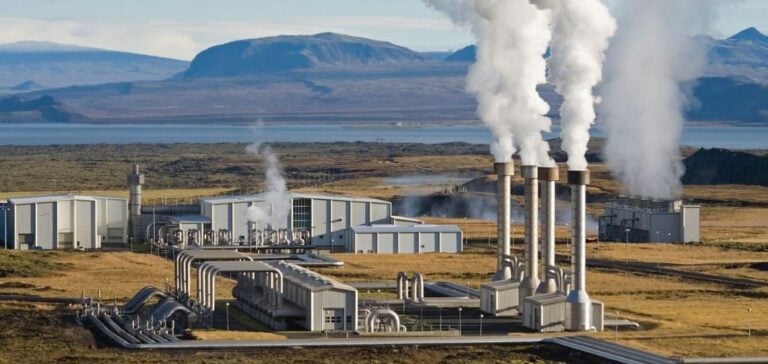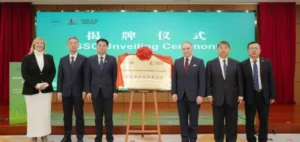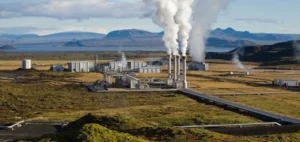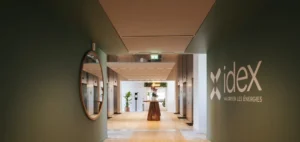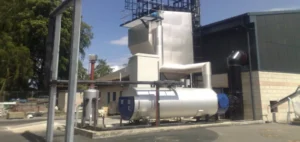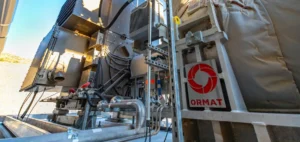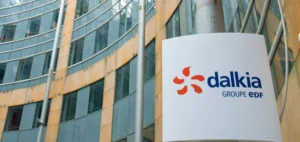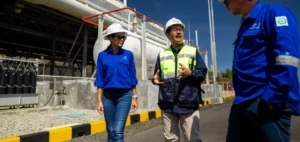Geothermal energy, often overshadowed by solar and wind power, is nevertheless a crucial renewable energy source, offering reliable and constant base load capacity. The recent geothermal conference in Iceland highlighted the technological advances and persistent challenges of this fast-growing sector.
A Strategic Partnership
In March 2024, the US Secretary of Energy, Jennifer Granholm, and Iceland’s Minister of Environment, Energy and Climate, Gudlaugur Thór Thórdarson, announced the formation of a strategic partnership. The aim of this collaboration is to leverage Iceland’s geothermal expertise to accelerate deployment in the United States. Iceland, where 85% of energy comes from renewable sources, mainly geothermal, offers a model of successful transition for other countries.
Challenges and opportunities
Despite its considerable potential, geothermal energy faces major challenges, including high initial costs and technical risks. New Enhanced Geothermal Systems (EGS) technologies, however, could transform the sector. According to the U.S. Department of Energy (DOE), these innovations make it possible to create artificial reservoirs of hot rock that could supply up to 300 GW by 2050.
Economic and environmental impact
Geothermal energy emits 99% less CO2 than fossil fuels, according to the Energy Information Agency (EIA). It also offers a natural transition for oil and gas workers, thanks to directly transferable drilling and reservoir management skills. This transition is supported by substantial funding under the US Inflation Reduction and Infrastructure Investment Acts.
Initiatives and Financing
The United States has launched several initiatives to support geothermal energy, including tax credits and funding for research and development. A new round of funding for EGS pilot projects is currently open, with letters of intent expected by July 2024 and full applications by September 2024.
An Icelandic Model
At the conference, participants explored Iceland’s best practices in CO2 capture and storage. Iceland captures and stores the CO2 emitted by its geothermal power plants, demonstrating an integrated approach to emissions management. These practices could be adopted by the United States to improve the sustainability of its geothermal installations.
The potential of geothermal energy is immense, but realizing it requires ongoing investment, technological innovation and international collaboration. The partnership between the USA and Iceland represents a crucial step towards a greener, more resilient global energy transition.


